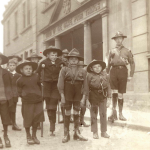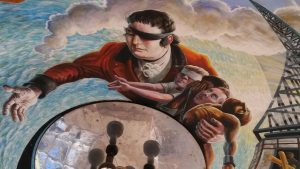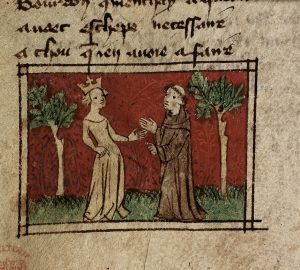1976
Grove Road Housing Scheme, Sutton in Ashfield. Institutions often served deaf and disabled people well through the centuries and, at their best, allowed for fulfilling lives. But they could also be places of imprisonment and infantilisation away from the world. Disabled activists Ken and Maggie Davies were the first to generate a model allowing disabled people to live in the community. At Grove Road Housing Scheme non-disabled people received free housing in exchange for supporting the needs of disabled residents. The creation of Grove Road marked the beginning of the Independent Living Movement.
















